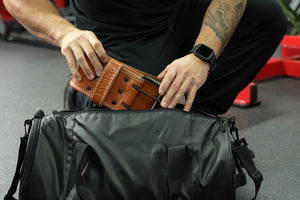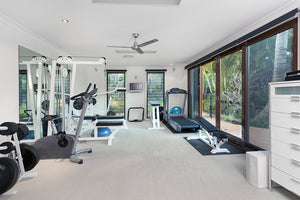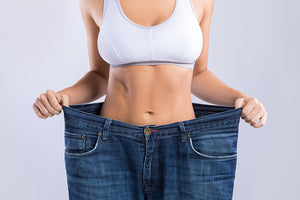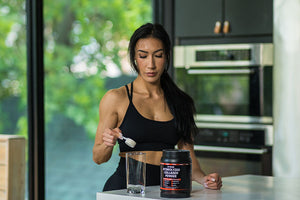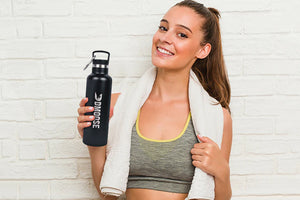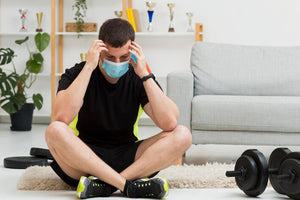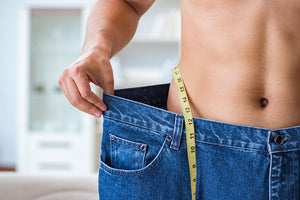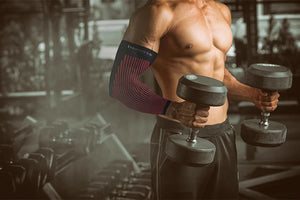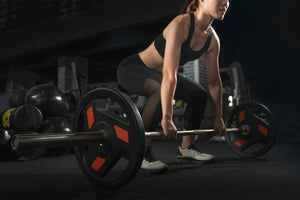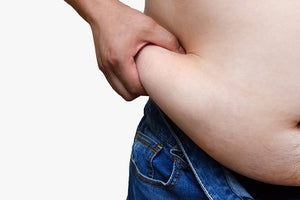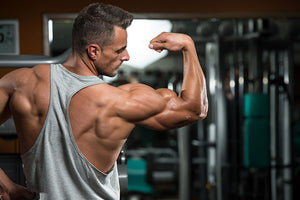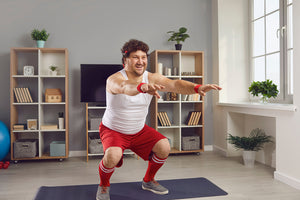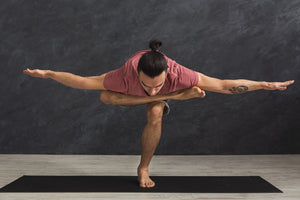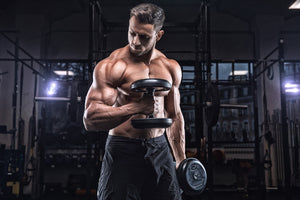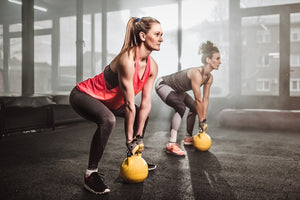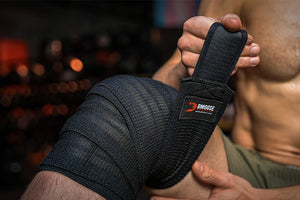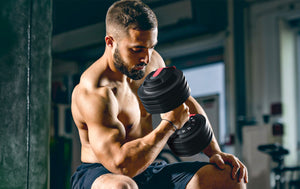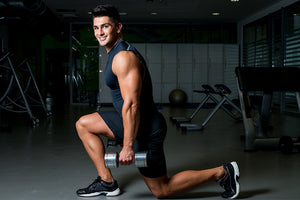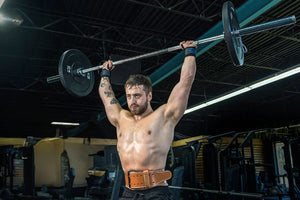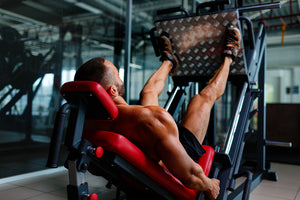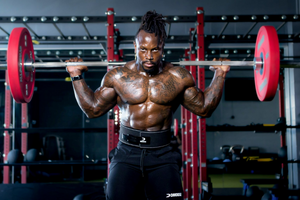The most crucial day in the gym is undoubtedly a leg day. This is the day you see the most significant gains in strength and size. If you want to be a well-rounded athlete, you need to make sure that you are putting as much focus on your legs as you are on your upper body.
Almost everyone waits for leg day, and that's because the quads and glutes will be in action, and you want to put all the hard work in on that day. It's a tiring workout, but the results are worth it. So when you hit the gym, the first thought that comes to your mind is to get straight to the workout.
You're considering whether leg presses are safer or more effective than squats. Is one riskier or more efficient than the other? The only option to find the best option that works for you is to understand the nature of both these exercises in detail. In this way, you will get to know the right option for you.
The following article will tell you the benefits of each exercise, the cons of overdoing it, and how both of them differ from each other.
Related Article: Build a Bigger Squat: 12-Week Periodized Squat Program
Difference Between Leg Press and Squats
If you're wondering whether leg presses or squats are better for building a strong, toned lower body, you're not alone. These two exercises are staples in many people's workout routines, but they target different muscle groups and offer different benefits. The leg press and squat exercises are perfect for anyone who wants to increase lower body size and strength, whether you're a powerlifter, bodybuilder, or Olympic weightlifter. Here's a look at the difference between a leg press and a squat:
Leg Presses
A Leg press is excellent for targeting the quadriceps, the large muscles on the front of the thigh. This move also works the glutes and hamstrings but to a lesser extent. A leg press is done with a machine, and they've typically been considered a safer alternative to squats since there's less risk of injury.
Squat
Squats are a compound exercise that targets the quadriceps, glutes, and hamstrings. This move can be made with or without weights, but adding weight will make the exercise more challenging. Squats are often considered superior to leg presses for building lower body strength and power. However, this exercise does carry a higher risk of injury if not done correctly.
Related Article: The Best Circuit Workout for Stronger, Toned Lower Body
Benefits of the Leg Press

The primary target muscle of a leg press is the quadriceps, the large muscles on the front of your thighs. You can also work out your glutes, hamstrings, and calves by doing this exercise. The main benefit of a leg press is that they're an effective way to build strength in your lower body without requiring additional equipment other than the machine.
Another benefit of the leg press is that they can be performed with various foot positions. This allows you to target different muscle groups in your legs. For example, placing your feet closer together footplate will target your quads more than if your feet were wider on the plate. This exercise can also be done with one leg at a time to further challenge your unilateral output.
The Leg press is a relatively safe exercise, especially compared to other exercises like squats. When done correctly, there's minimal risk of injury. However, as with any weight-bearing exercise, it's essential to use proper form and technique to avoid injury.
Related Article: Side-Stepping Injury: 5 Ways to Improve Knee Pain
If you're new to the leg press or strength training in general, it's always a good idea to start with a lightweight and gradually increase the weight over time. This will help reduce your risk of injury and help you build up strength more effectively. As you become more comfortable with the exercise, you can challenge yourself by increasing the weight or performing the exercise with one leg at a time.
Benefits of Squats
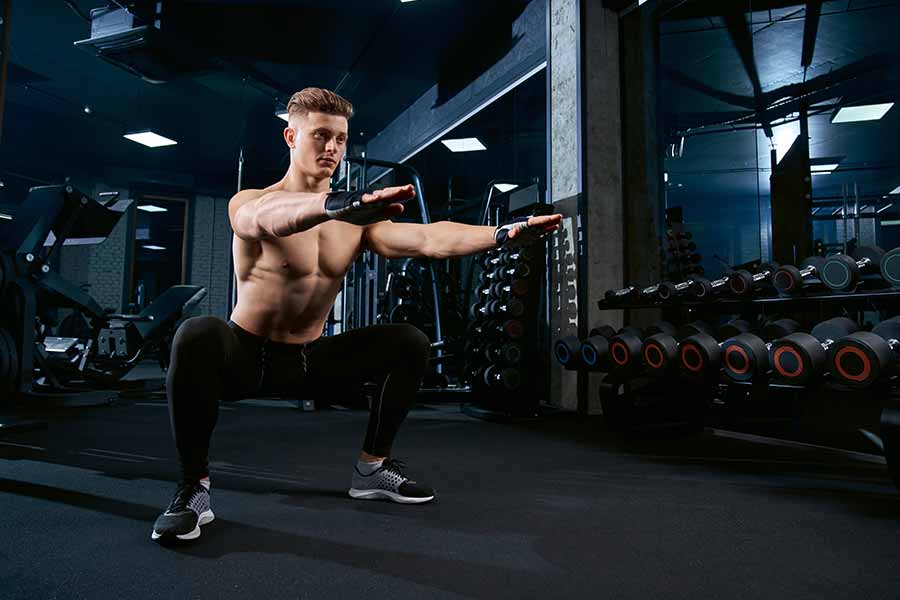
Squats are everyone's go-to exercise for a reason. When done correctly, they target your quads, hamstrings, glutes, and core. Plus, they can be done anywhere without any equipment. Almost all strength training routines have squats as a primary exercise because they are just that effective.
Squats increase leg strength by targeting multiple muscles of the body. When you squat, your quads, hamstrings, and glutes work together. This not only helps build muscle but also increases coordination and balance.
Squats also improve core strength. A strong core is essential for good posture and preventing back pain. The deeper you squat, the more your abs have to engage in stabilizing your body. In addition to improving strength, squats can also help with weight loss. They are a tremendous calorie-burning exercise because they target multiple large muscle groups. Plus, the more muscle you have, the more calories you burn at rest.
Apart from that, squats improve hip mobility. They help stretch out the hip flexors and improve the range of motion in the hips. This can lead to better mobility and less pain in your lower back. The exercise also requires using several muscle groups simultaneously, enhancing your balance and coordination, working on your flexibility, and strengthening the tendons and muscles.
Related Article: Quad Destroyer Workout Plan: 12 Sets of Squats Workout
TRENDING ARTICLES
Which Exercise Should I Do?
When it comes to building lower-body strength and size, both exercises are excellent choices. They target similar muscle groups, but they activate those muscles in slightly different ways. And, no matter what exercise you follow, you will give your lower body a challenging workout.
The squat is a compound movement, meaning it works for multiple joints and muscle groups at the same time. In a traditional back squat, you bend your knees and hips simultaneously to lower your body and then extend your hips and knees to stand back up. This movement pattern recruits your quads, glutes, hamstrings, calves, core, and back muscles.
The leg press offers more stability. Because you can brace yourself with the external support of the machine you will be able to lift more weight compared to a squat. When you lower the weight down, you're only moving your hips and knees. This exercise primarily targets your quads, with some assistance from your glutes and hamstrings.
So, if you're trying to decide between a squat or leg press, the first thing to consider is which muscles you want to target. Go with squats if you want to work for multiple muscle groups at once. If you want to focus on your quads, go with a leg press.
Squats are a versatile move requiring almost no equipment; you can do it anytime and anywhere. Whereas for a leg press, you need to have access to the machine. So, it is better to choose the exercise depending on your convenience.
Related Article: 6 Best Leg Exercises That Will Get You in Shape Fast
Some Exercises to Get You Started - Leg Press Variation
Now, when you know all about squats and the leg press, we have curated a list of all the variations that you can experiment with:
One of the most effective exercises you can do to work your legs is the leg press. You can use a variety of machines to do this exercise, but the basic idea is always the same: you sit with your back against padded support and press your legs out in front of you, using resistance provided by either weights or your body weight.
There are many ways to vary the leg press exercise to target different muscle groups or work different parts of your legs. Here are some of the most popular variations:
Standard Leg Press

This is the most basic version of the leg press, and it works all of the major muscles in your legs, including your quads, hamstrings, and glutes. To do this exercise, sit in the leg press machine and press your legs out in front of you.
Narrow Leg Press

This variation targets your quad muscles more than the standard leg press. To do it, position your feet closer together on the footplate of the machine.
Wide Leg Press

This variation works your outer thigh muscles (abductors) more than the standard leg press. To do it, position your feet further apart on the footplate of the machine.
One-Leg Press

This variation allows you to focus on one leg at a time, which can be helpful if you have any leg imbalances or weaknesses. To do it, place one leg on the footplate and press that leg while keeping the other leg off to the side.
Seated Leg Press

This variation works your quads more than the standard leg press. To do it, sit up straight in the machine with your back against the support and press your legs out in front of you.
Squat Variations
One of the most popular exercises in the world is the squat. And for a good reason – it's a compound movement that works for multiple muscle groups at once, making it incredibly efficient to build strength and muscle.
But did you know that there are many different squat variations? And each one comes with its unique benefits.
Bodyweight Squats

As the name suggests, this squat version is performed using only your bodyweight as resistance. It's a great way to increase leg strength and endurance and can be done anywhere, anytime – no equipment needed!
Dumbbell Squats

Another popular variation, dumbbell squats, involves holding a dumbbell in each hand while you squat. This version is excellent for those who want to increase the range of motion in their squat and work independently on each side of the body.
Sumo Squats

This squat variation is performed with a wide stance, and your feet turn slightly. Sumo squats are great for targeting the inner thigh muscles.
Barbell Back Squats

Barbell back squats are performed with the barbell resting on your back instead of across your shoulders. Barbell back squats are a great way to build overall lower body strength. Add a barbell squat pad to protect your back.
Related Article: 15 Common Squat Form Mistakes You Need to Avoid
FAQs
1. Do I need to warm up before doing a leg press or squat?
Yes, you should always warm up your muscles before exercise. Warming up helps increase blood flow to your muscles, which can help prevent injury. Leg presses and squats are both high-intensity exercises, so it's essential to take the time to warm up properly.
2. What is the difference between a leg press and a squat?
The main difference between a leg press and a squat is the range of motion. A leg press only allows you to move your legs through a limited range of motion, while a squat allows you to move your legs through a greater range of motion. This means that squats can target more muscle groups than leg presses.
3. What are the benefits of doing a leg press or squat?
Both a leg press and a squat can help build lower body strength. They can also help improve your balance and coordination. Additionally, squats can increase your explosiveness, while leg presses can improve your output.
4. Can a leg press replace a squat?
Yes, a leg press can replace a squat. Both work similar muscle groups. The only difference is the amount of internal stability requirements. A squat requires more internal stability compared to a leg press. Therefore, if you are injured or just starting out and have compromised/lack of stability, opt for the leg press and progress towards the squat.
Conclusion
Both leg presses and squats have importance in the world of fitness. One cannot simply declare one exercise better than the other, as it all depends on individual goals, training age, past injuries, personal preference, and past experience.
So, there you have it! Ultimately, the best exercise is the one that you will do consistently. So, if you enjoy doing squats more than the leg press, then go for it! Just listen to your body and use the proper form to avoid injury.
Reading List
Article Sources
- Wirth K, Hartmann H, Sander A, Mickel C, Szilvas E, Keiner M. The Impact of Back Squat and Leg-Press Exercises on Maximal Strength and Speed-Strength Parameters. J Strength Cond Res. 2016 May;30(5):1205-12. doi: 10.1519/JSC.0000000000001228. PMID: 26439782.



